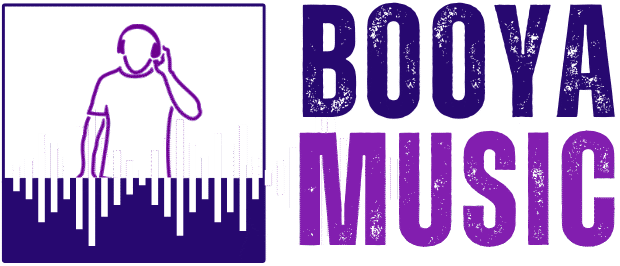There’s a reason why we keep coming back to art – it has the power to move us on a deep emotional level.
Whether it’s an intense expression of sadness or joy or just a beautiful picture that makes us feel peace, art is a medium that has always been associated with emotions. But what exactly is behind the power of art? And how does it affect our emotions?
In this blog post, we’ll be exploring the relationship between art and emotions in detail, looking at how art affects our moods and feelings and shedding some light on why we love it so much. So whether you’re a fan of art or just interested in learning more about its effect on us, read on!
How does art affect our emotions?
Art affects our emotions in a number of ways. It can provide a sense of beauty and peace, evoke feelings of nostalgia or happiness, or inspire new emotions. Certain pieces of art can also help us to process and understand our emotions.
Some people believe that art can even cure emotional disorders. Art has the ability to open up our minds and expose us to different perspectives, which can help us to develop new skills and understand ourselves better. In addition, art can provide a sense of community and connect people from different backgrounds.
Overall, art has a powerful impact on our emotions. It can be therapeutic, inspirational, and even calming. Whether we’re looking for escapism or self-exploration, art is always worth exploring!
What are the different types of art?
There are a few different types of art, but they all have one common goal: to communicate an emotion. Each type of art has its own particular way of doing this, so it can be difficult to know how to react when you see a work of art that moves you. Here are three types of art and their main methods for communicating emotions:
1. Visual Art
Visual arts, like paintings and sculptures, primarily use color and shape to communicate emotions. They can be very emotive, and often evoke strong feelings in the viewer.
2. Musical Art
Musical instruments like guitars and drums can create powerful emotional responses in people. Many people feel a connection to music because it has the ability to transcend language barriers and connect us on a deep level.
3. Performance Art
Performers use their bodies and voice to communicate emotions through performance art. This type of art is often highly physical and interactive, which makes it completely unique from any other form of art out there.
How does art express emotions?
The relationship between art and emotions is a powerful one. Art can evoke strong feelings in viewers, often communicating ideas and feelings that are difficult to put into words. In this article, we will explore the different ways that art can express emotions, from straightforward depictions of emotional states to more abstract works.
One of the most obvious ways that art can communicate emotions is through direct illustrations of emotional states. For example, a painting may show a person crying because they’re sad, or a group of people celebrating because they’re happy.
These kinds of paintings are easy to understand and provide a clear visual representation of the emotion being expressed.
However, not all works of art need to be so explicit. Many artists use abstraction to communicate their ideas without relying on visuals alone. An example of this would be pieces that use lines or dots to depict objects or scenes.
This type of artwork allows for greater flexibility in how the viewer interprets the image, providing them with more room to create their own interpretations.
Ultimately, it’s up to the artist to decide whether they want their work to be purely visual or allow for additional layers of interpretation. The important thing is that the work communicates its message effectively and emotionally connects with the viewer.
Can we learn about emotions from art?
We all experience emotions, whether we realize it or not. Emotions are fundamental to our lives and can be a source of comfort and joy. They can also be a motivator for action and can influence our thoughts, feelings, and behavior.
Art is often used as a way to express emotions. Visual art provides an accessible way for people to explore their emotions in a safe and expressive environment. The emotional power of art can be used to help people learn about their own emotions, understand the emotions of others, and cope with difficult emotions.
Some common themes in art that relate to emotions include love, sadness, happiness, fear, anger, joy, hope, fearlessness, and surrender. Drawing on these themes allows artists to create works that speak to a wide range of emotional experiences.
In addition to exploring individual emotions through artworks, collective expressions of emotion can also be seen in works of art. For instance, images of protests or demonstrations can portray the feeling of political activism while pieces that celebrate traditional values or festivals may evoke feelings of joy or happiness.
As artists, we are constantly striving to express our emotions through our work. Whether it is through painting, sculpture, or even just writing, art is a powerful way to communicate with others.
This visual guide aims to explore the relationship between art and emotions in depth, and hopefully provide some insight into how you can use this knowledge to improve your own artwork.
By understanding how emotion affects our creative process, we can create pieces that truly reflect who we are as individuals. Thanks for reading!
